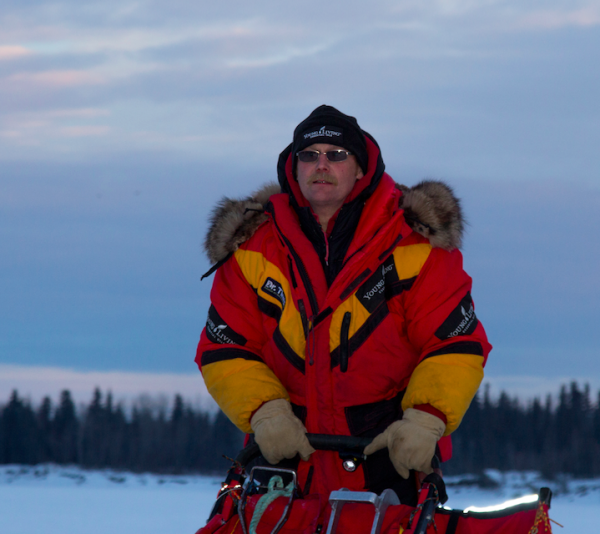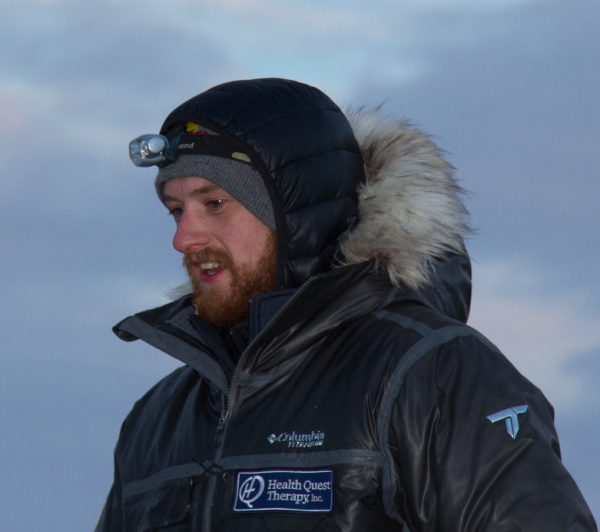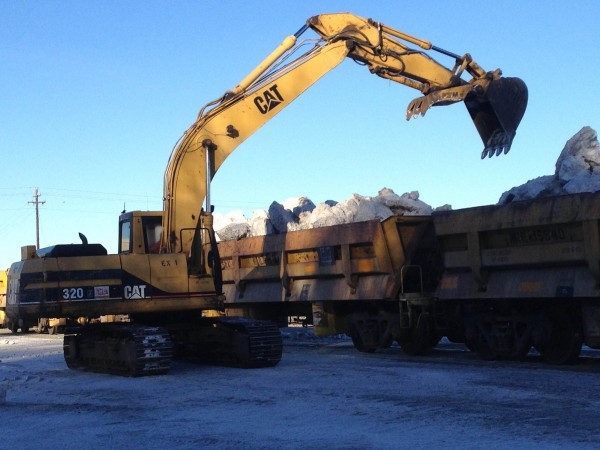The 2016 race strategies that mushers have chewed over for months are coming into focus as top teams near their mandatory 24-hour rest period in some of the race’s remote checkpoints in Alaska’s interior. As mushers clear the rest and march to the flat expanses of the Yukon River, the race to Nome will only accelerate. But to be in a position to match the strongest team, mushers must execute a flawless early-mid-race rest strategy to build reserves for the next several hundred miles. Here’s what to read today to get up to speed on this year’s Iditarod.
1. Sled Dogs driving sled dogs
Sebastion Schnuelle at the Iditarod Insider explores the increasingly popular method of carrying dogs in a trailer behind the main race sled. Rotating dogs between the team and trailer saves miles on the dogs and adds a small amount of weight that the musher can use to regulate speed. Pioneered in its most recent incarnation by Jeff King, Schnuelle digs into the minute-by-minute calculations that elite mushers like Mitch and Dallas Seavey have to balance.
“Normally as a musher you try to stop as little as possible on the trail and do everything with as little moves as possible fixing a dog on the wrong side, putting a few lost booties on, snacking dogs or what ever else might be necessary and then pulling the hook quickly. Now loading and unloading dogs is nothing quick. Specially 3 or 4 of them. “

2. Prying out race strategies from poker-faced mushers
KNOM’s Emily Schwing and APRN’s Zach Hughes chiseled away at mushers’ exteriors to pry out a little bit of race strategy. Wade Marrs is taking his 24-hour rest in McGrath. Brent Sass and Aliy Zirkle bypassed McGrath, while Lance Mackey held his cards close but said he wasn’t planning doing his big rest in Takotna. But Mackey never comes up short on interesting color from the trail.
“Lance Mackey was ninth into McGrath, and stopped for a little over two hours, splitting apart square plastic bowls frozen together and ladling a hot salmon and kibble broth to his dogs.
“How many people you know feed their dogs out of cat-litter boxes?” he said.”

3. Checkpoint hazards 2.0: Matthew Failor’s untimely mistake cuts deep
Alaska Dispatch News’s Tegan Hanlon brings us the story from the Nikolai checkpoint of the ziptie that changed Matthew Failor’s race.
“By Tuesday evening, Failor used crutches as he walked out of the designated mushers’ sleeping area at the village school and into the attached cafeteria, ordering a bowl of stew. Failor estimated that the self-inflicted gash was about 2 centimeters deep and 2 centimeters wide. He received five stitches from a local medic.”

BONUS: A snowflake’s highly-publicized 350-mile journey to the snow dump.
At Alaska Dispatch News, Devin Kelly updates us on the goodwill gesture of the Alaska Railroad to haul snow from Fairbanks to a snow-starved Anchorage. National media jumped to cover the irony of Anchorage importing snow for a dog race, and great visuals of a seven-car train said it all. But after the ceremonial run was shortened, the city didn’t want or need Fairbanks’ snow, according to city manager Chad Abbott.
“The city didn’t ask for the snow, Abbott noted — the Iditarod Trail Committee arranged for the seven railcars, or 350 cubic yards, of snow to be brought into Anchorage.
Abbott also said the extra snow wasn’t needed. The ceremonial route was shortened from 11 miles to 3, he said, to accommodate the city’s paltry snow reserves.
In an interview at the Assembly chambers, Abbott first said that he didn’t know what happened to the Fairbanks snow. But after checking with city employees, he reported that the city brought snow to the city snow dump on Commercial Drive in Northeast Anchorage.”
You can find Alaska Public Media’s complete coverage at alaskapublic.org/Iditarod




